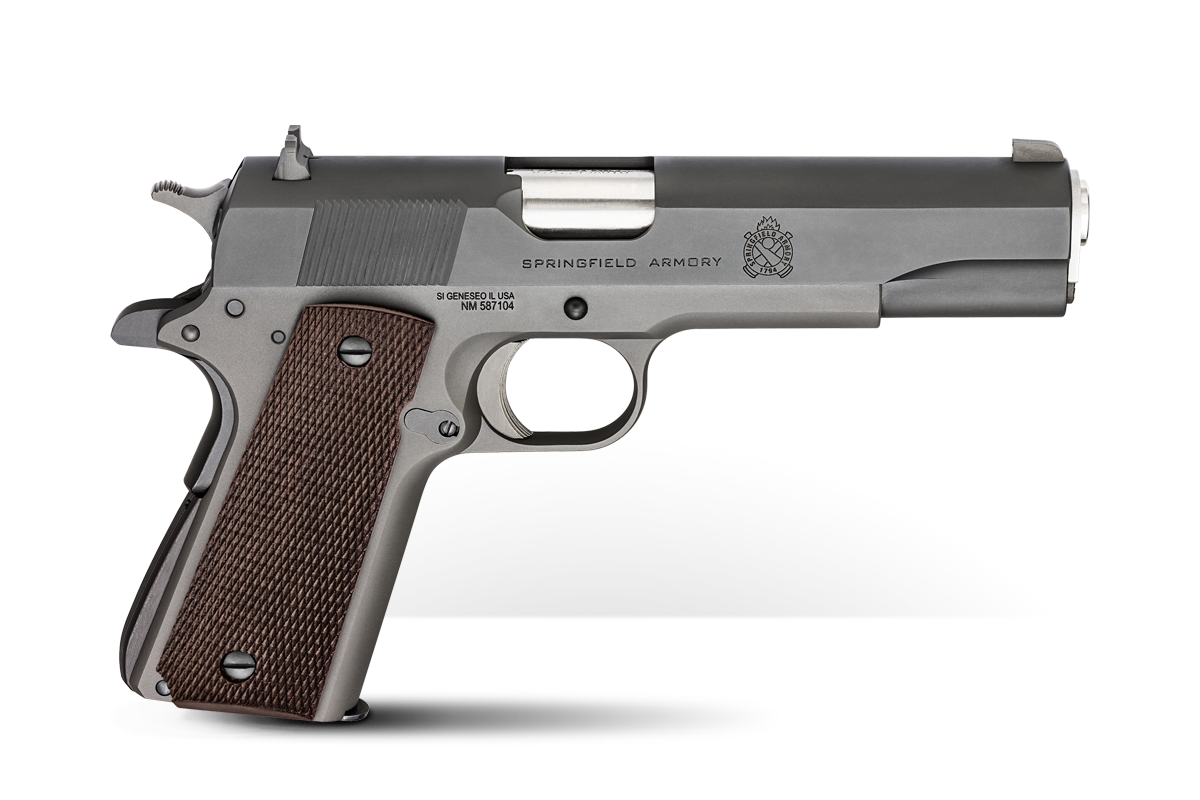C96 Broomhandle: First True Combat Autopistol?
June 30th, 2020
7 minute read
Through the first half of the 20th century, the Mauser C96 Pistol was an icon among firearms. First manufactured in 1896, the C96 was originally designed for police use but ended up as the first truly successful military automatic pistol. By World War I, the Mauser pistol was internationally famous, but it had not been officially accepted by any nation as its primary pistol.
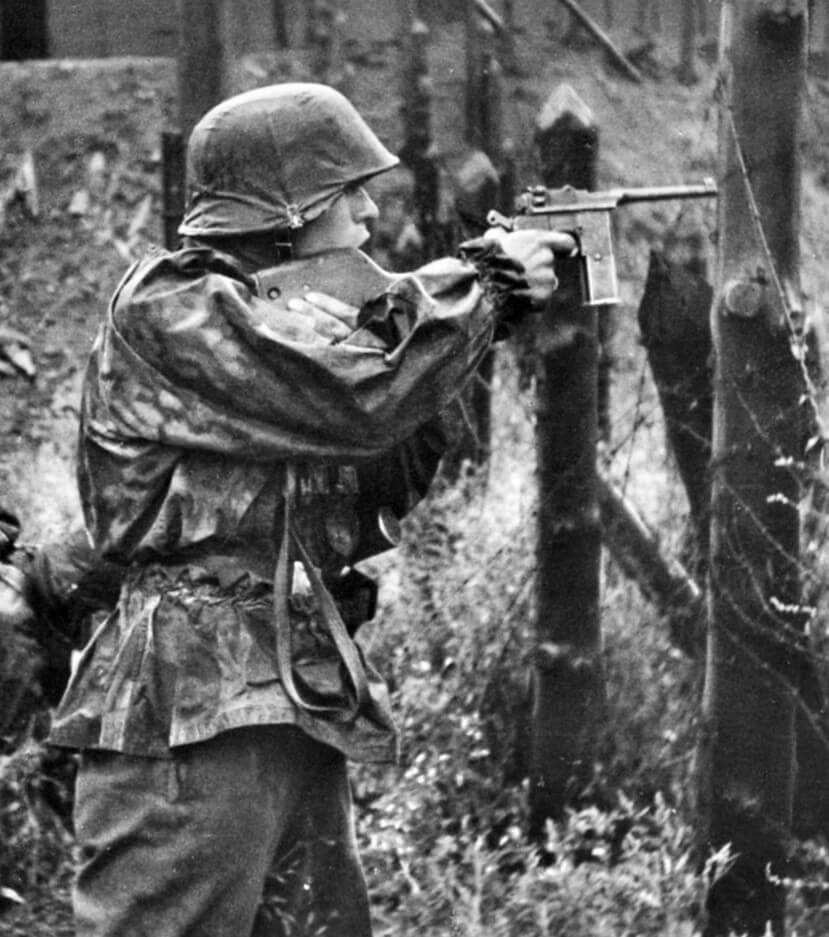
Until the Great War, officers of many nations decided to acquire the Mauser pistol on their own — much like Winston Churchill had done in 1898, during the Boer War. The C96 could be found around the world in conflicts both public and private, in the hands of military men, revolutionaries, criminals and lawmen. Some even found their way into the last days of the Old West. Nicknamed “The Broomhandle,” its powerful 7.63mm cartridge and ten-round magazine were far in advance of almost any pistol of the pre-WWI era.
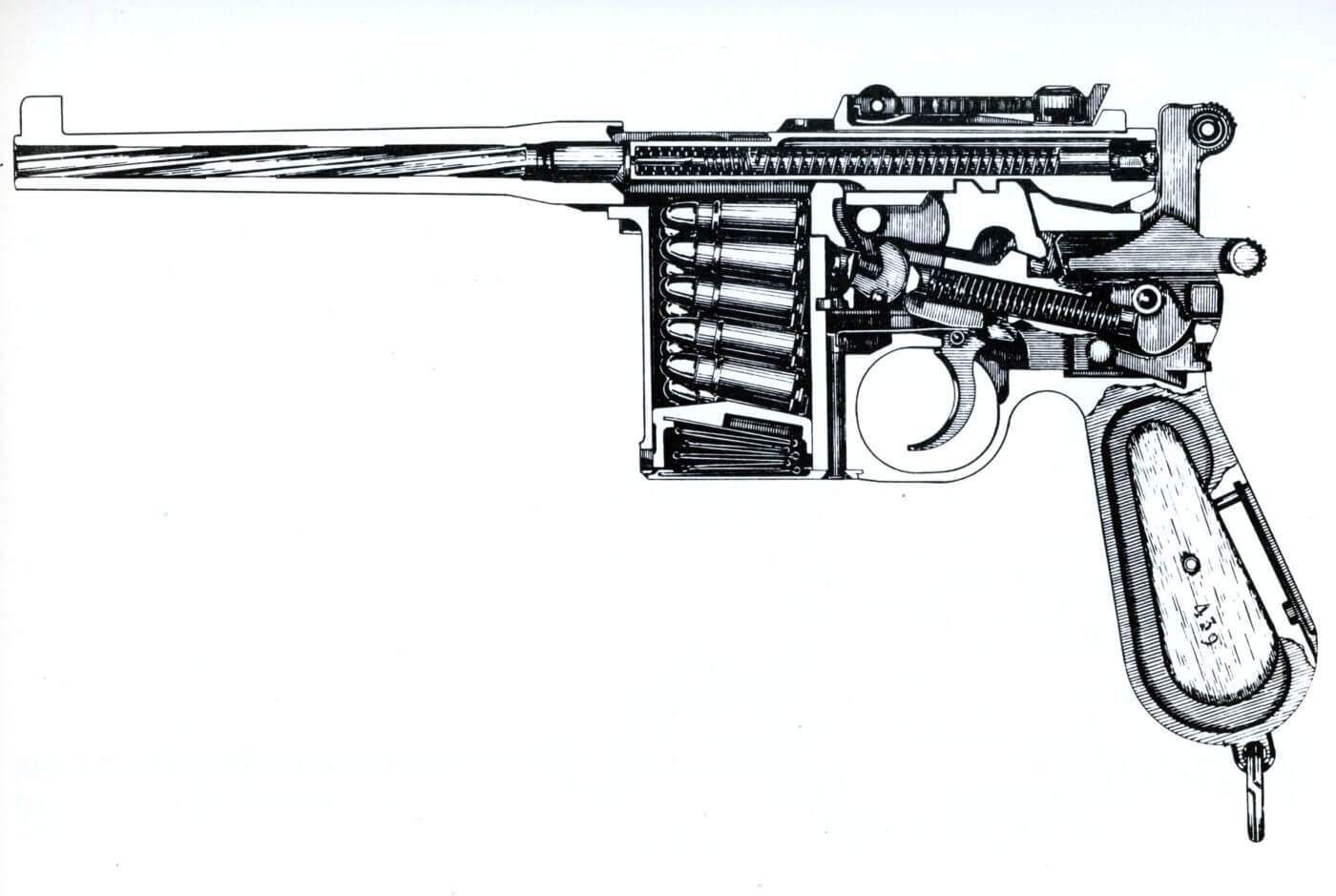
During World War I, the C96 gained even more fame as a substitute-standard pistol for the Kaiser’s Imperial forces. Slow deliveries of the Luger P08 forced the Germans to turn to the next best thing. During the Great War approximately 137,000 C96 pistols were chambered in 9mm. Most of these are distinguished by a large red “9” cut and painted into the broom handle pistol grip. Even with so many taken on by the German military, the Mauser pistol was never officially adopted by German forces.
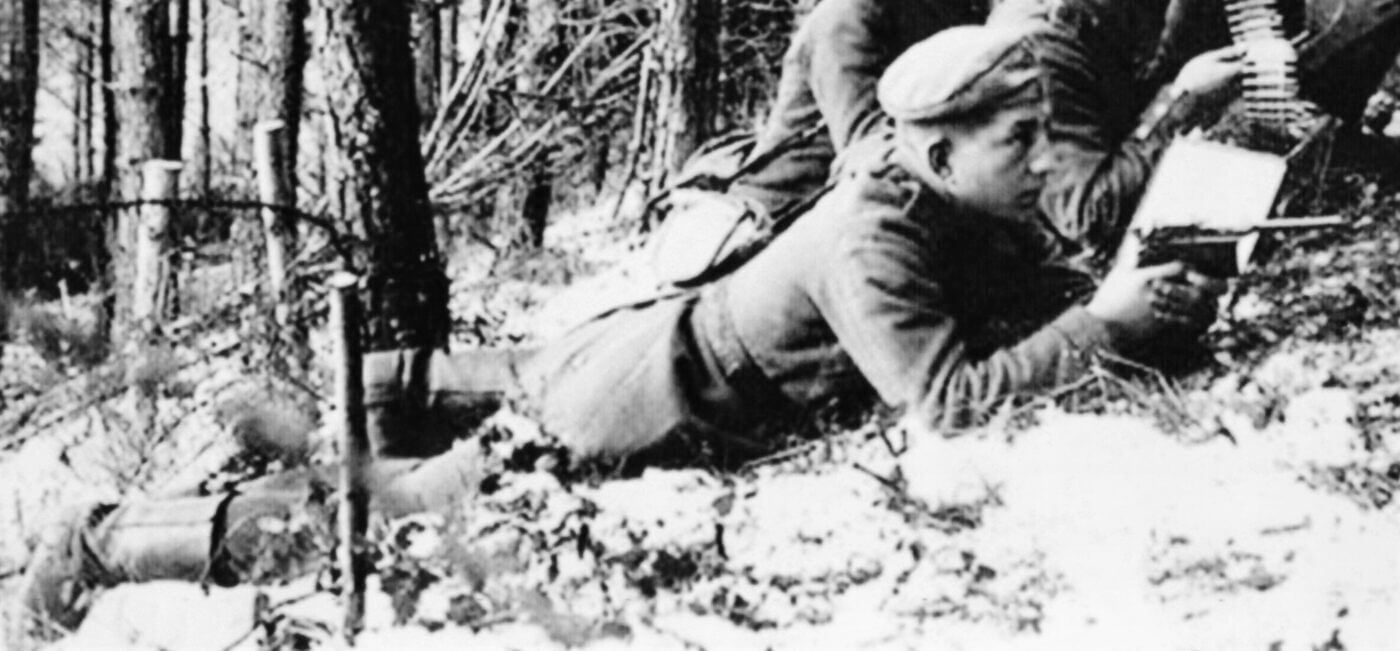
Onward and Upward
After World War I, the Mauser pistol was busier than ever. The C96 could be found in use during the Russian Civil War, the Irish Rebellion and Civil War, the Mexican Revolution, the Finnish Civil War, the Polish-Soviet War, the Communist uprisings in Germany, the Gran Chaco War, the Spanish Civil War, and the many conflicts in China in the hands of warlords, communists, and ultimately during the Japanese invasion of Manchuria in 1931. The Mauser pistol became so popular in China that the C96 was copied in Chinese arsenals, with the Chinese “Type 17” seeing the C96 pistol chambered in .45 ACP.
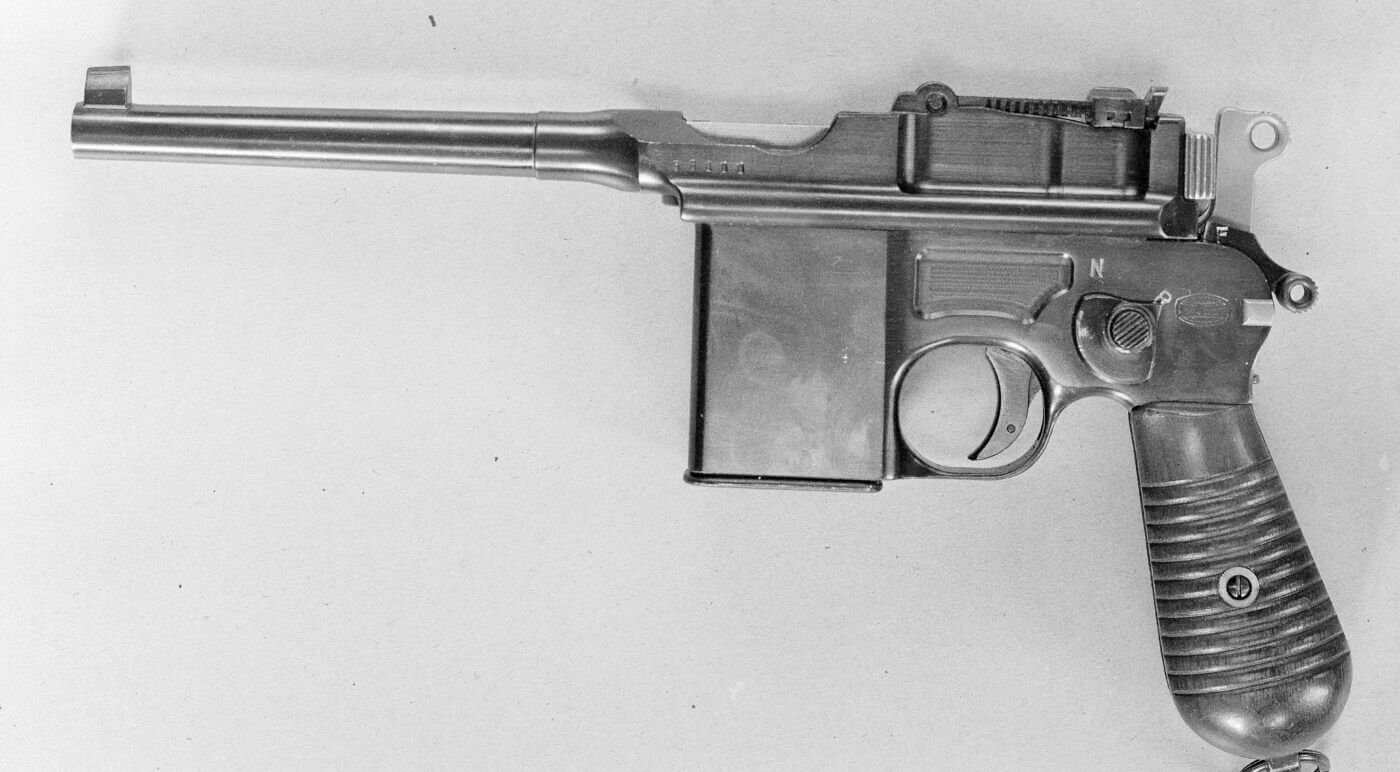
During this period, demand for the Mauser pistol was high, particularly in China. The original C96 pistol was expensive, and several Spanish manufacturers seized the opportunity to make copies. The Royal/ETAI was the first to appear during 1926. These pistols were dead-ringer lookalikes, but with rather crude mechanics compared to the Mauser originals. The Royal pistols started out as semi-auto designs, and then were quickly upgraded to select-fire weapons.
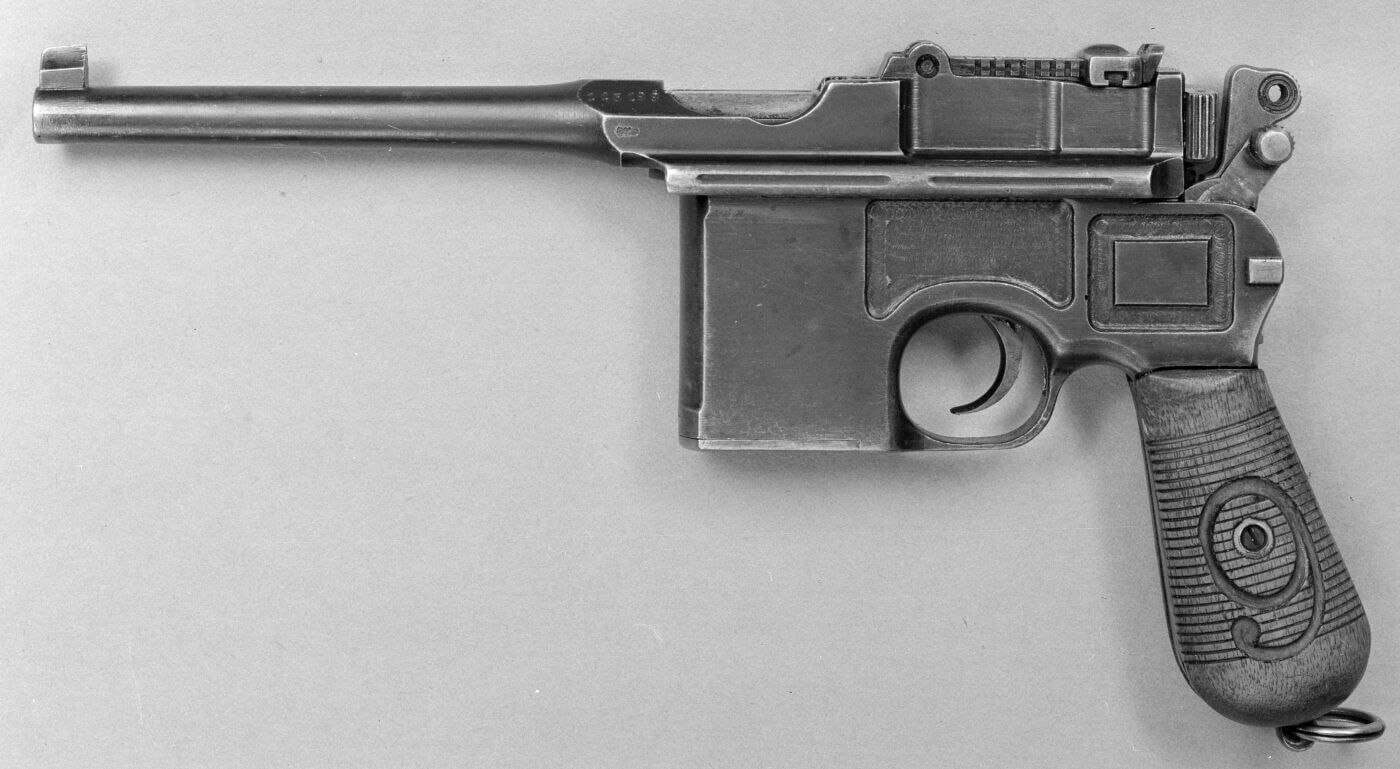
In 1927, Astra began producing its Astra 900 to capitalize on Chinese demand. During the height of the Spanish Civil War (1937-1938), production of this popular pistol was interrupted and those available ended up on both sides of the war in Spain. During this same time the Azul and Super Azul C96 clones were built in Spain, and the Azul C96 clones also provided shoulder stocks, detachable magazines, and selective fire variants. The quality of these Spanish pistols was not up to Mauser’s standards, but they certainly worked well enough, and the cost savings made them an attractive option.
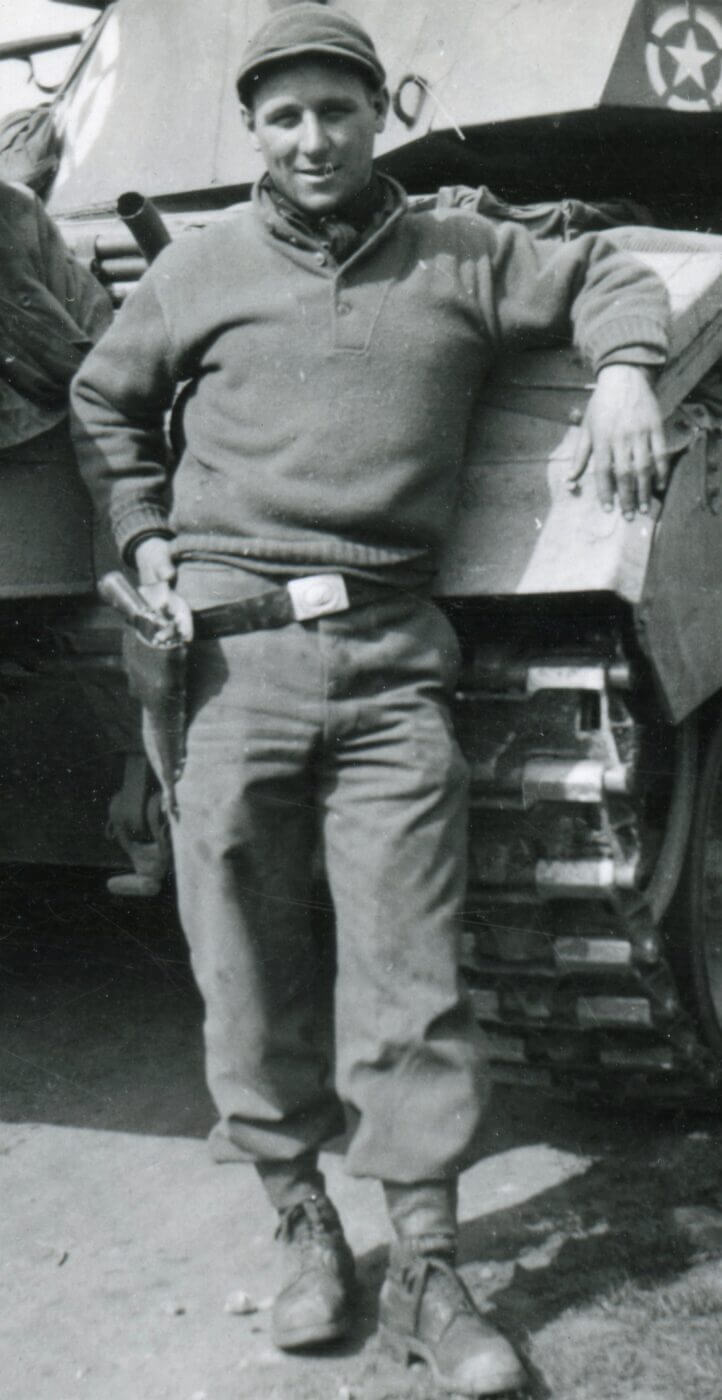
As these machine pistols proved popular, Mauser followed suit with their M1932/M712 “Schnellfeuer” pistol. These have a cyclic rate of more than 1,500 rounds per minute and were nearly impossible for the shooter to control when used as a pistol. However, when coupled with their wooden combo holster/stock, the Mauser automatic pistols make a compact and capable submachine gun.
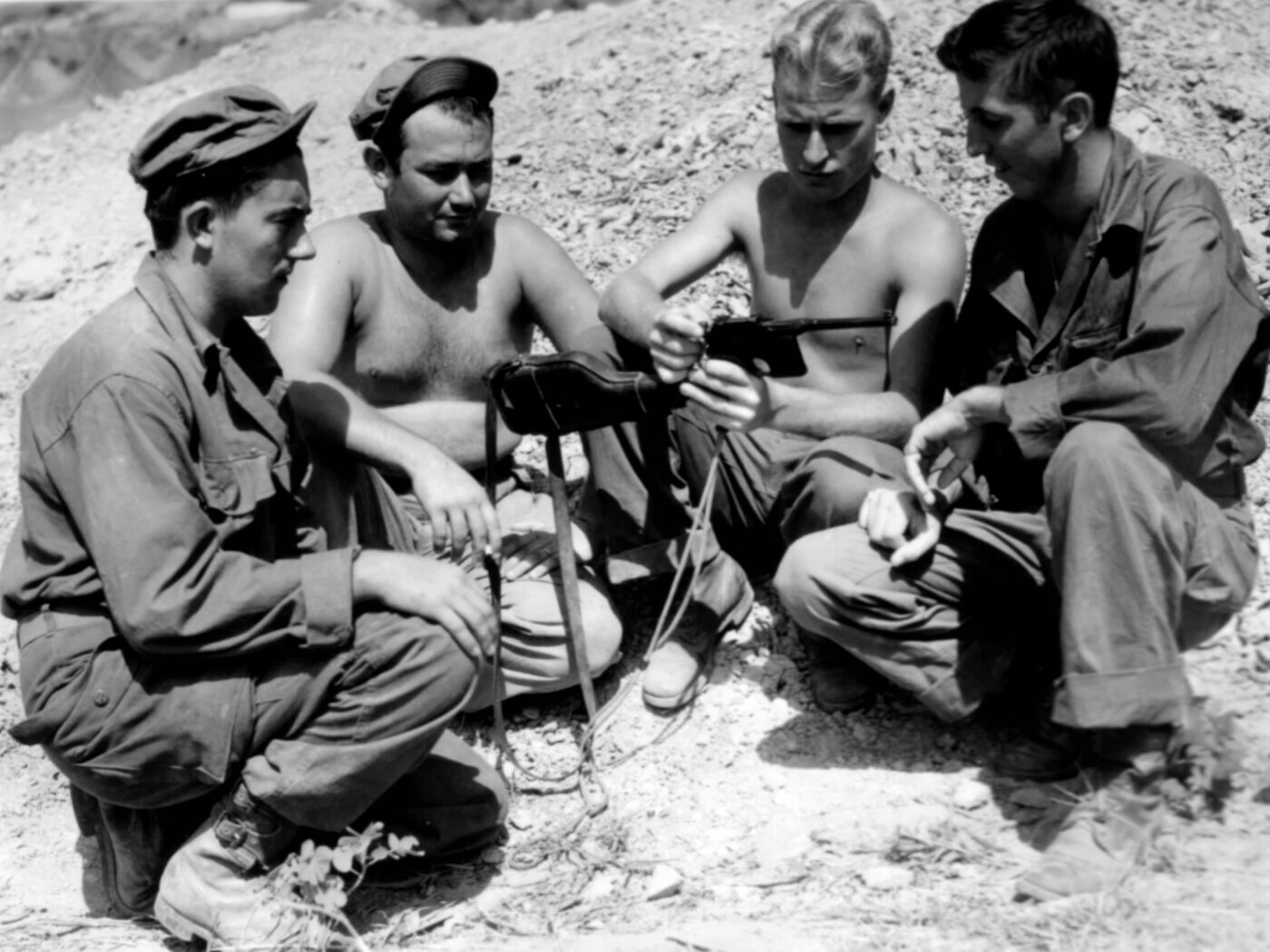
Our Perspective
The 1954 U.S. Army publication Foreign Military Weapons and Equipment: Infantry Weapons provided the essential recognition features of weapons of Austrian, German and Japanese origin as they were still being used by or held in significant quantities by Soviet satellite nations. This is how the original Mauser pistol was described:
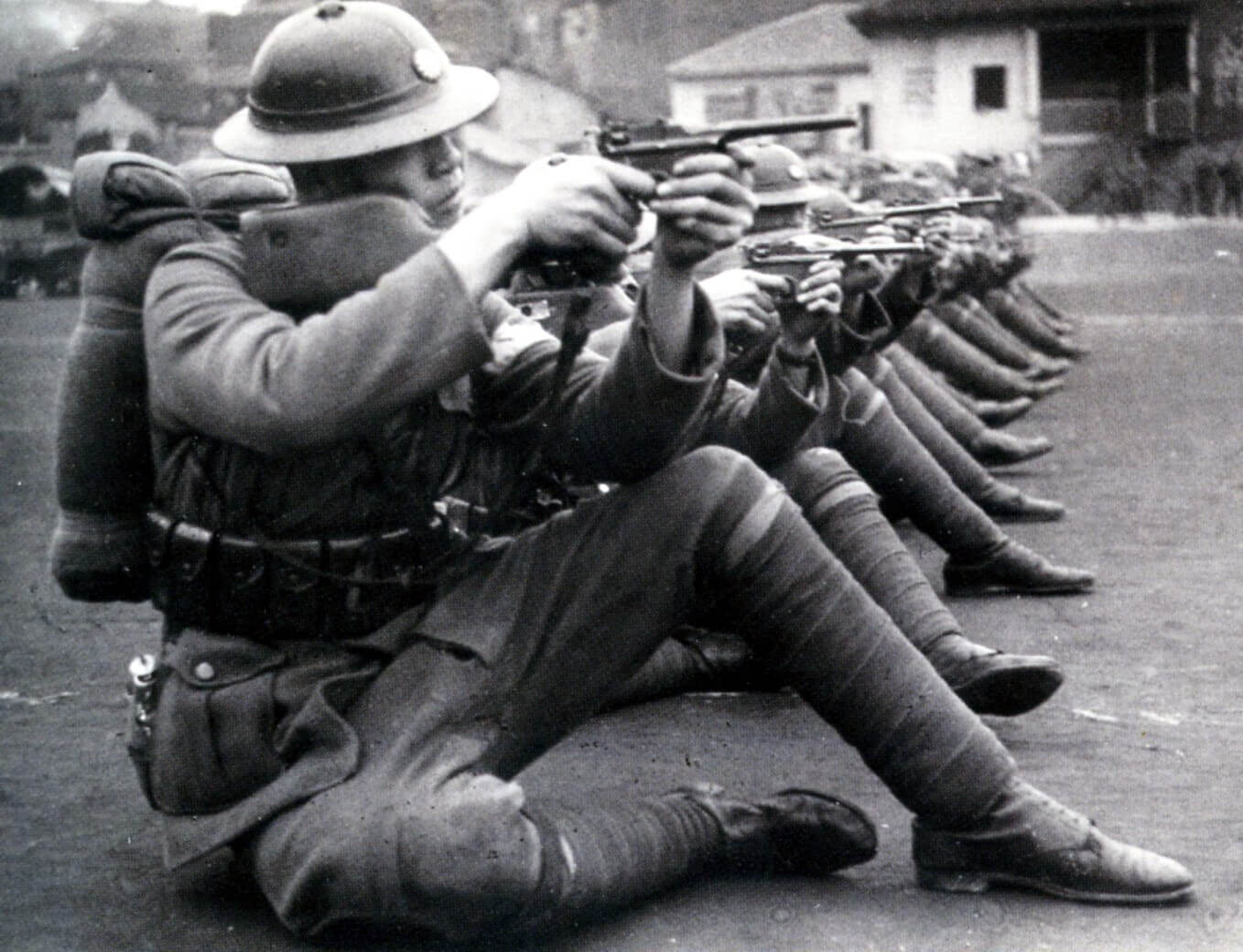
“This Mauser pistol was first manufactured in 1896. An intermediate between a pistol and a machine carbine, it was the first successful military automatic pistol developed and, except for minor modifications in 1912 and 1932, has retained its original features. Originally designed and produced for police use, it was widely used as an unofficial substitute arm by the German military forces during World War I. After World War I, it was largely replaced by the Luger M’08 and the later Walther designs. It was widely used in Russia during the 1917 Revolution and is still found in substantial numbers throughout the Orient and Central Europe. The weapon has been manufactured by Spain, China, and Switzerland. It is unique in design in that: (1) All parts are fitted together or dovetailed and only one screw (in the pistol grip) is used; (2) it has a slotted attachment on the pistol grip, which can be used to attach a wooden stock; (3) it has a folding-leaf rear sight graduated from 100 to 1,000 meters. The magazine is solidly attached to the receiver, and the weapon is loaded from the top by means of metal clips in the same manner as a bolt-action rifle.”
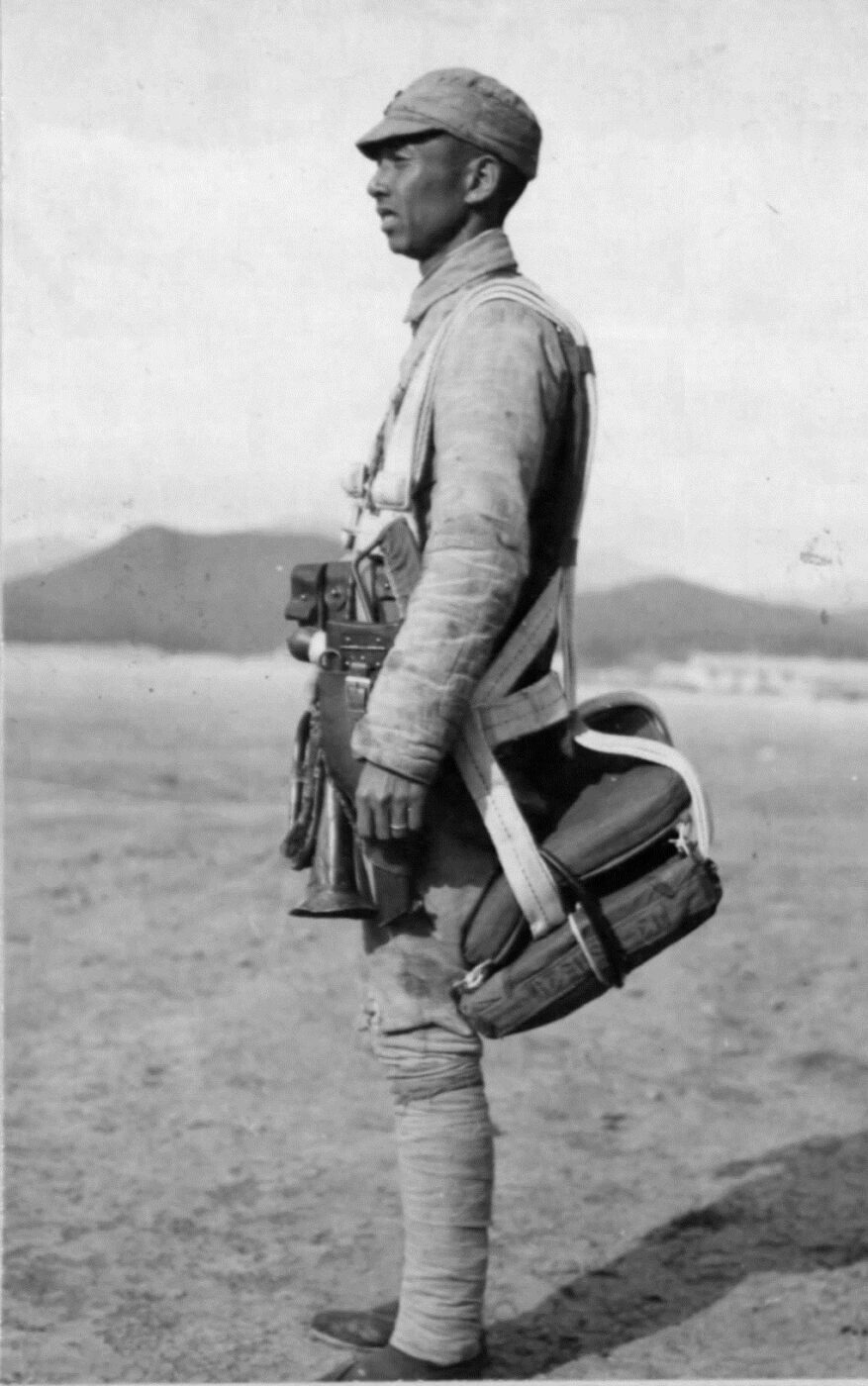
W.H.B. Smith’s assessment of the Mauser pistol in the 1948 edition of Small Arms of the World concluded:
“Evaluation: Heavy and clumsy. Exceptional design using no pins or screws in mechanical construction. These are really hybrids intended for carbine-pistol use with the holster used as a stock.
“Peacetime construction to the highest standards. Wartime manufacture has always produced varying quality. The Germans never made this pistol an official military standard.
“This pistol is usually issued in a wooden holster shaped so as to form a shoulder stock. The front end of this holster fastens rigidly to the lower end of the grip of the pistol. Because of the rifle-type design of the cartridge and its special ballistics, this weapon makes a very efficient carbine. Its penetration is very great indeed. It is a particular favorite in Russia, Siberia, China and Malaya. It will be found in general use as a subsidiary weapon in nations all over the world. Used strictly as a pistol it is bulky and rather clumsy.”
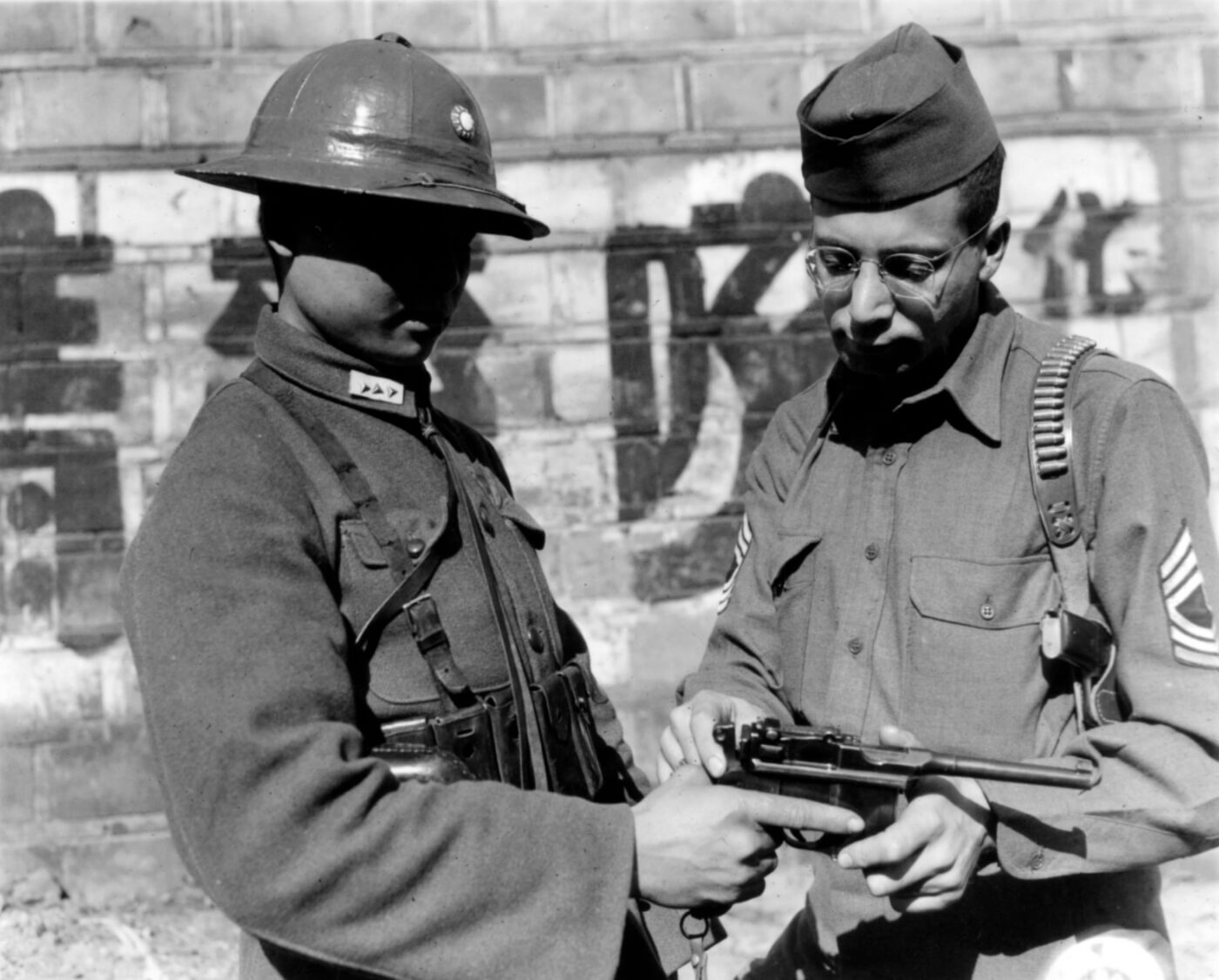
That “Other” Combat Autopistol
One look at the Mauser pistol tells you that it is not balanced like most others. The front-heavy construction coupled with the slender grip creates a strange sensation in the shooter’s hand. The Mauser is certainly not a “natural pointer.” Even so, with some practice, good results can be achieved. The 7.63x25mm cartridge, zipping along at around 1,400 fps, certainly helps. The sights are good, and with the addition of the shoulder stock the weapon can obtain hits at 150 yards.
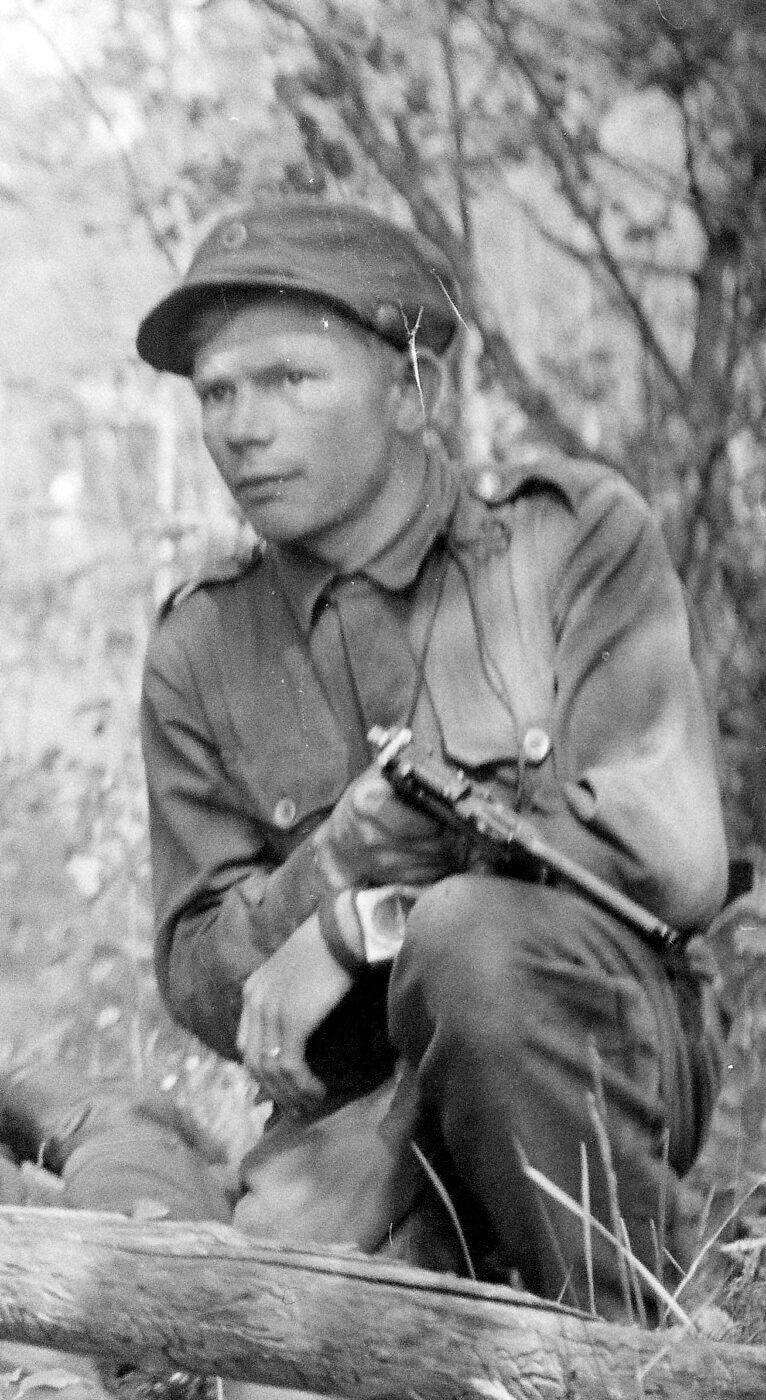
By comparison, the M1911’s .45 ACP cartridge seems almost plodding at 830 fps. That is, until it hits someone. Designed 15 years after the Mauser pistol, and born from the genius-mind of John Moses Browning, the M1911 set an incredibly high standard in military pistol design. It remains a viable, if venerable, battlefield handgun.
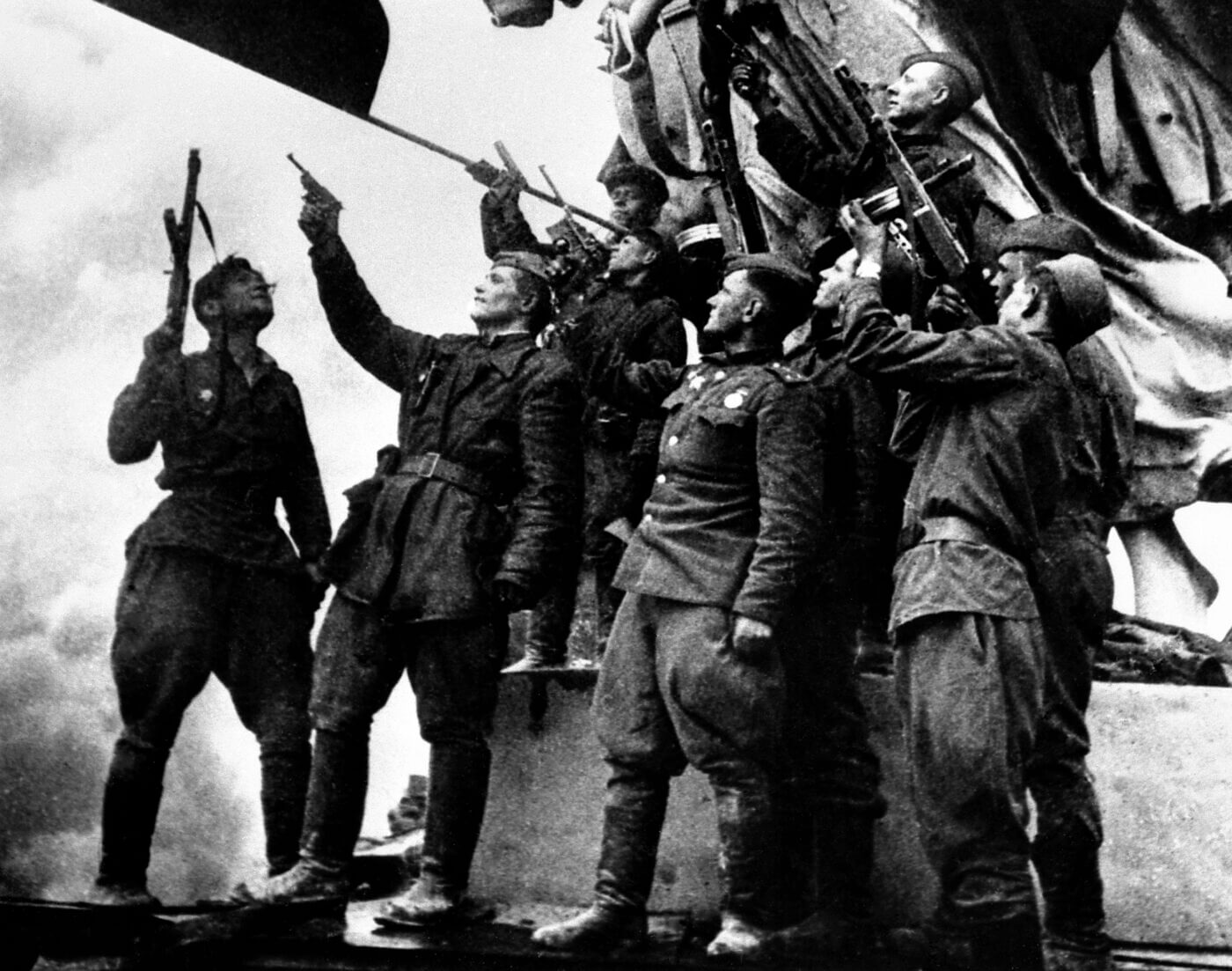
Both pistols are legends today and were also legends in the context of their own times. They faced each other in two world wars and multiple other conflicts through the 1960s. The M1911 is clearly a better all-around pistol, but the Mauser C96 was both exotic and adaptable, transitioning quickly from semi-auto pistol, to a carbine, to a submachine gun.
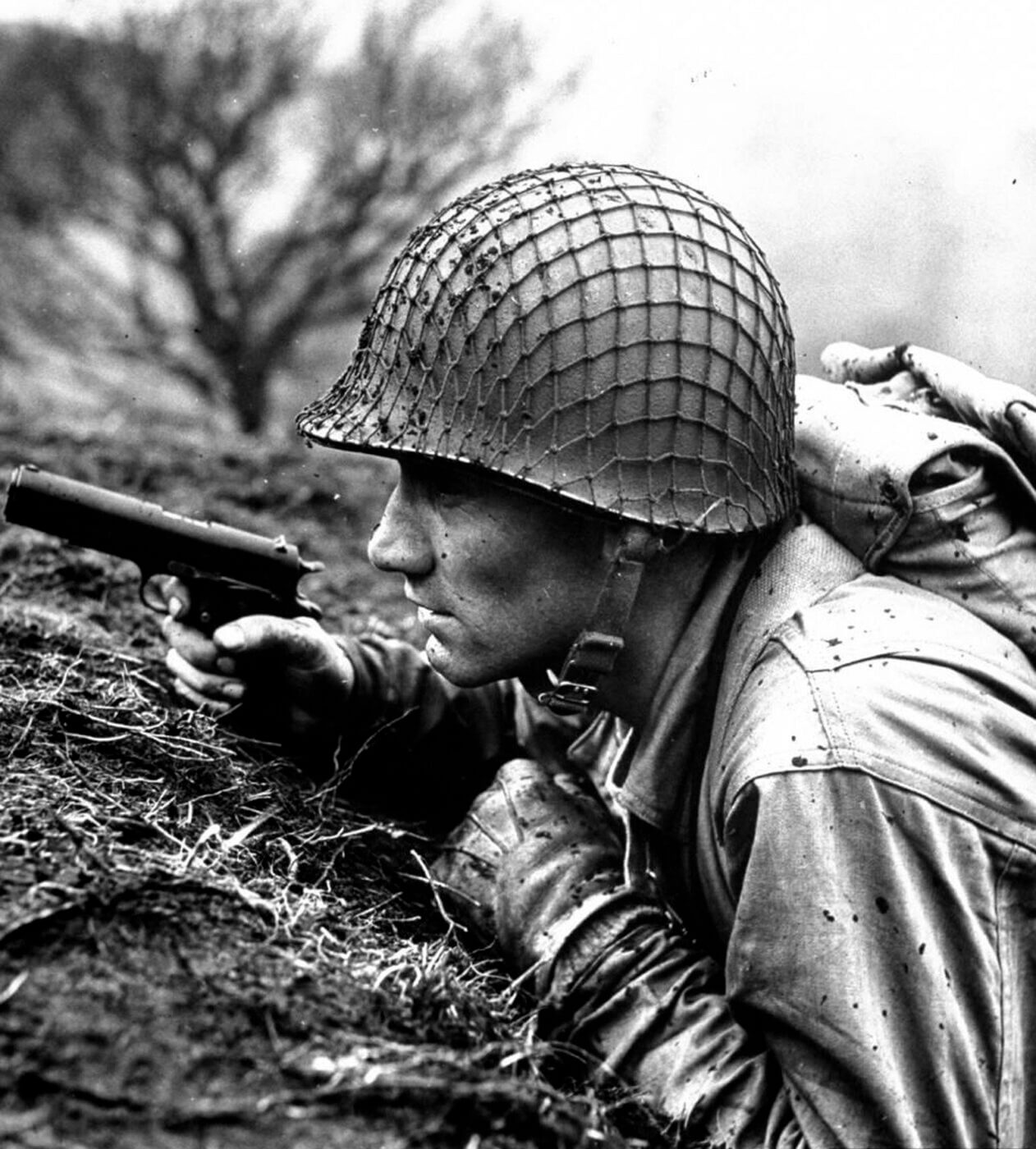
If you want your own 1911 today, Springfield Armory offers a modern version of the classic combat pistol that is inspired by the original combat classic. You’ll find that despite its classic lines, Springfield has included some contemporary upgrades to the pistol, including a stainless-steel barrel and three-dot sights. Every bit of combat-tested toughness is built into each Springfield Armory 1911 pistol.
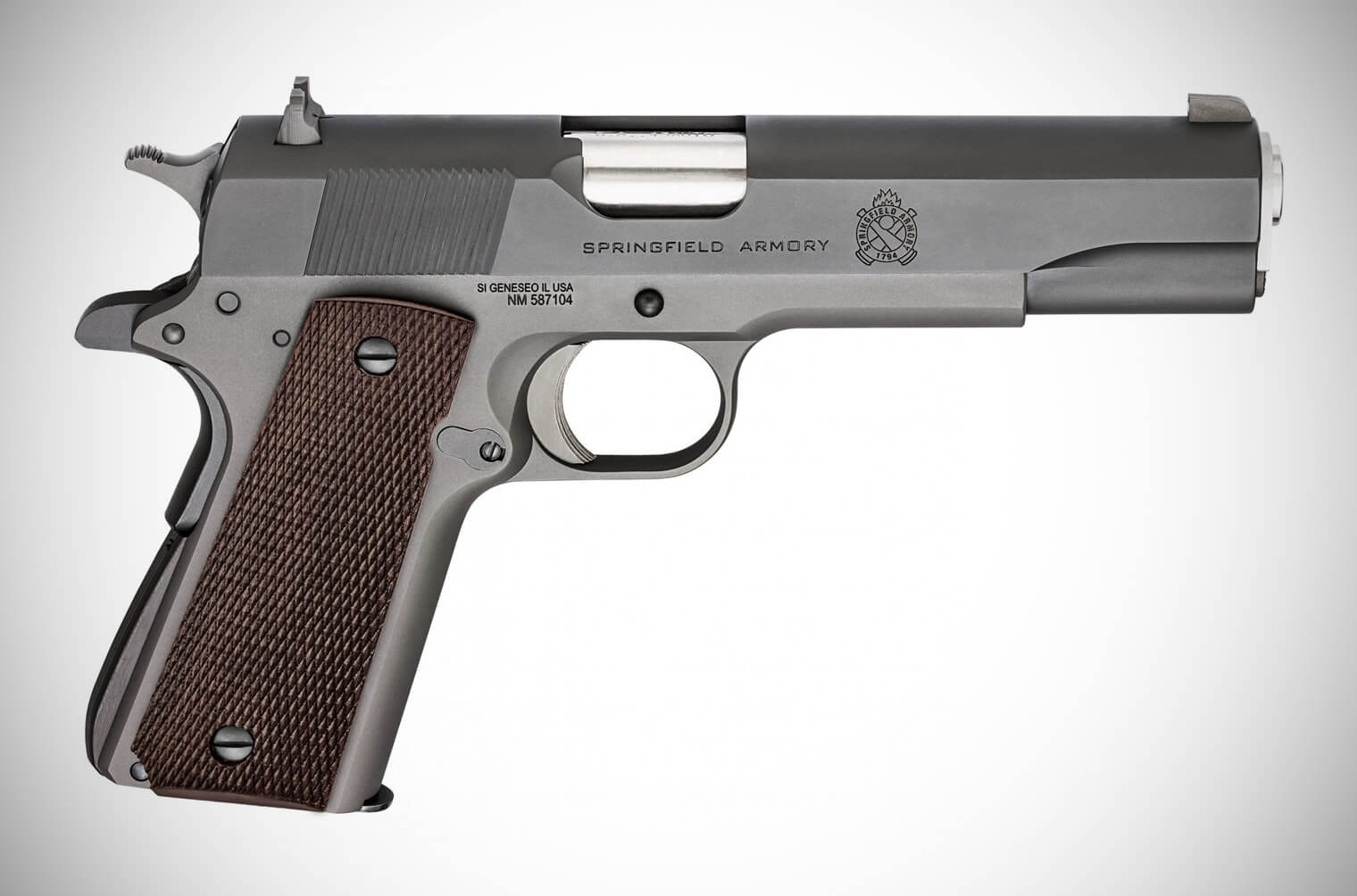
Editor’s Note: Please be sure to check out The Armory Life Forum, where you can comment about our daily articles, as well as just talk guns and gear. Click the “Go To Forum Thread” link below to jump in!
Join the Discussion
Featured in this article
Continue Reading
Did you enjoy this article?

 104
104




